Nowadays, people love to place plants inside of their house. This is because, houseplants add a little bit of color, life, and also beauty in the household. Little that many of us know, some plants need extra precaution when we want to place them indoor. Several plants have their own level of toxicity and if people are aware of them, they can make sure to place them in a safe spot in their home.
Some plants are more toxic than other plants. Some of the consequences that these poisonous houseplants could cause are stomach ache, irritations, and also the burning of the mouth and throat. But, we don’t have to be worried because these plants must be consumed in very large quantities before they could cause any real damage.
These poisonous plants need to have extra care when they are growing and also the keepers need to have extra knowledge on how and where to display these common poisonous plants in their home. Different geographic locations have a different types of poisonous plants.
Some of the recognizable poisonous indoor plants are:
Daffodils
Daffodils are indoor blooms, are toxic if eaten by humans or pets. Eating the bulbs (which can be mistaken for shallots or onions) can cause intense stomach problems, high blood pressure, irregular heartbeat, and even death. Make sure you keep daffodils up on a counter or shelf where they won’t be disturbed or try growing them in a terrarium.
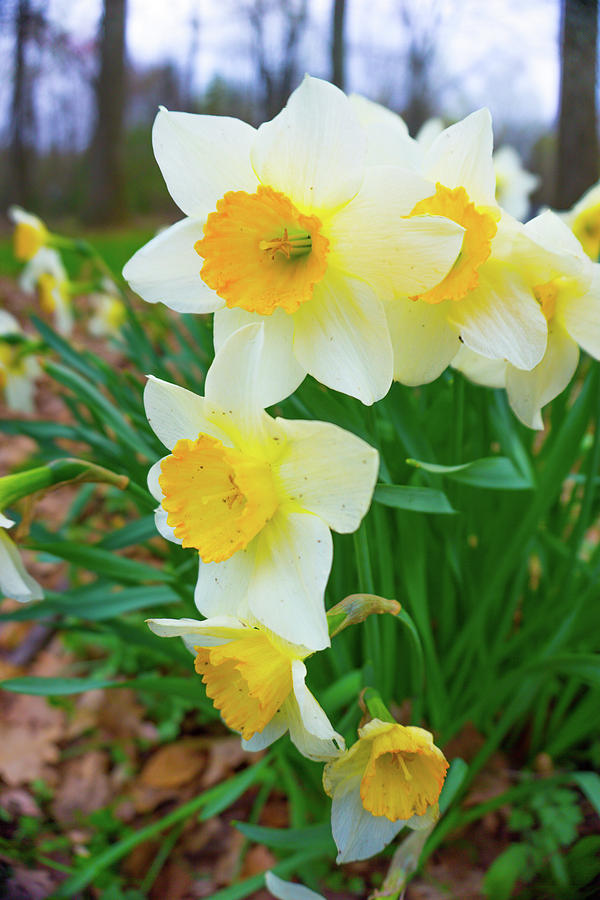
Dumb Cane
It grows in low-light conditions and adds a tropical vibe to the decor. It’s earned one of its common names, dumb cane, because of the symptoms that occur when it’s eaten. The sap causes the tongue to burn and swell, enough to block off air to the throat. It can be fatal to both humans and pets if ingested in large amounts. There are tons of cool plant stands available in stores that will help you keep this plant off the ground.
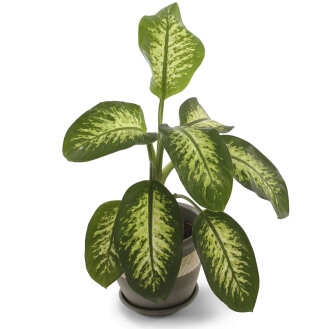
Easter Lily
This flower’s scent is unmistakable and the pure white blooms are eye-catching. Although they’re beautiful, cats have been known to suffer serious damage after eating it. Eating small amounts of any part of the plant can lead to a cat’s death from kidney failure if not treated by a veterinarian within 18 hours. The plant is not poisonous to children, but they can choke on pieces of it.
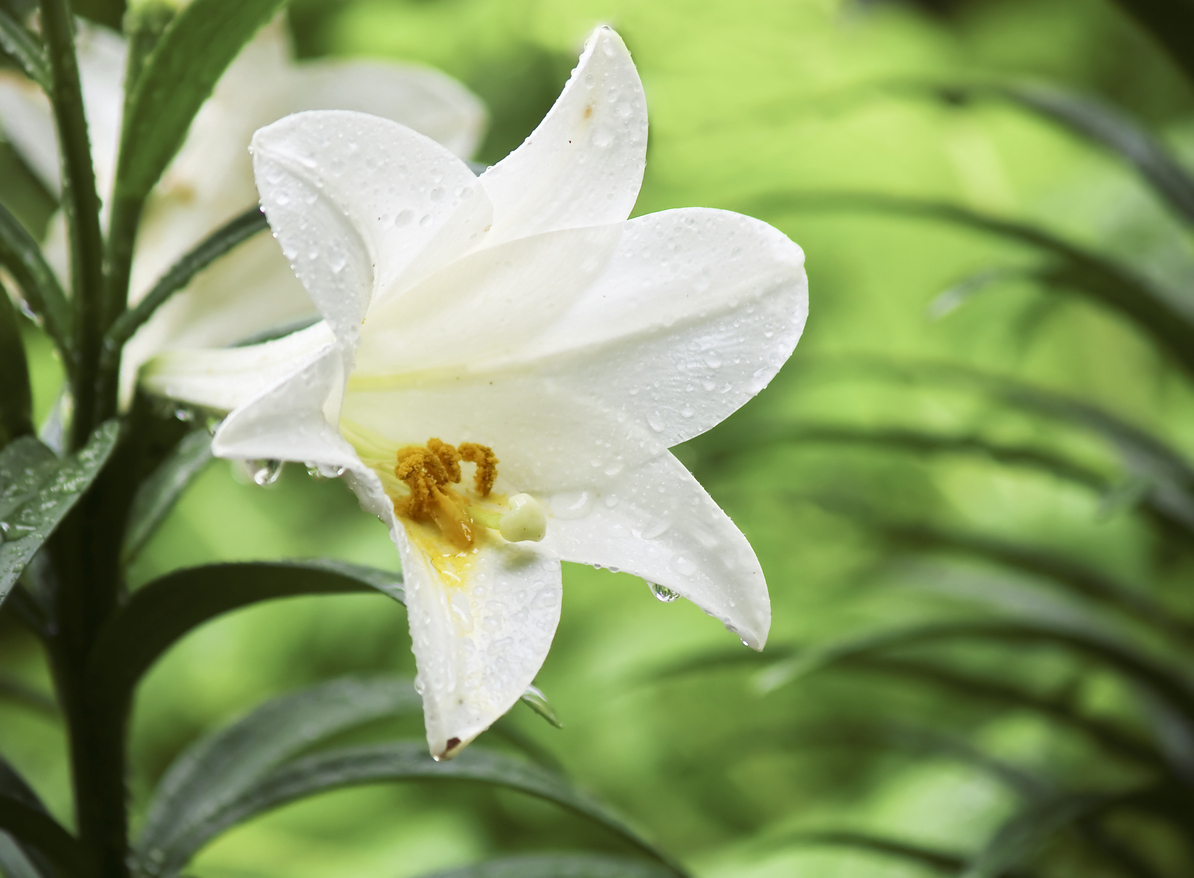
Source: Better Homes & Gardens.


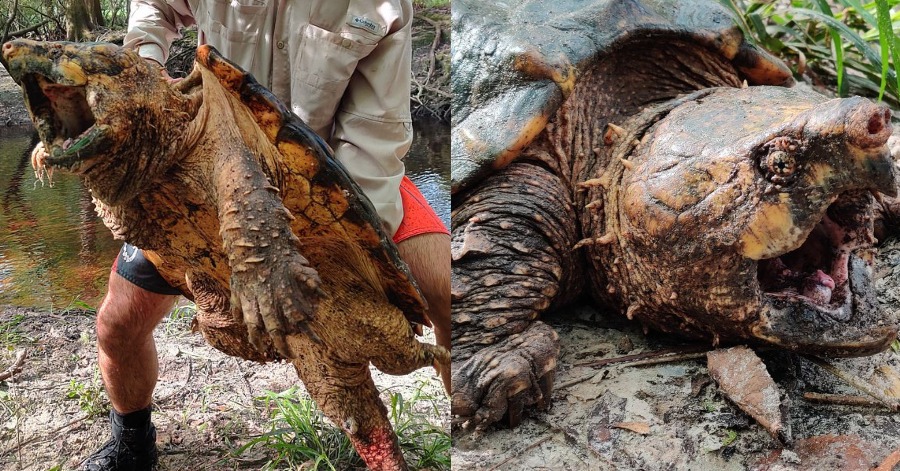
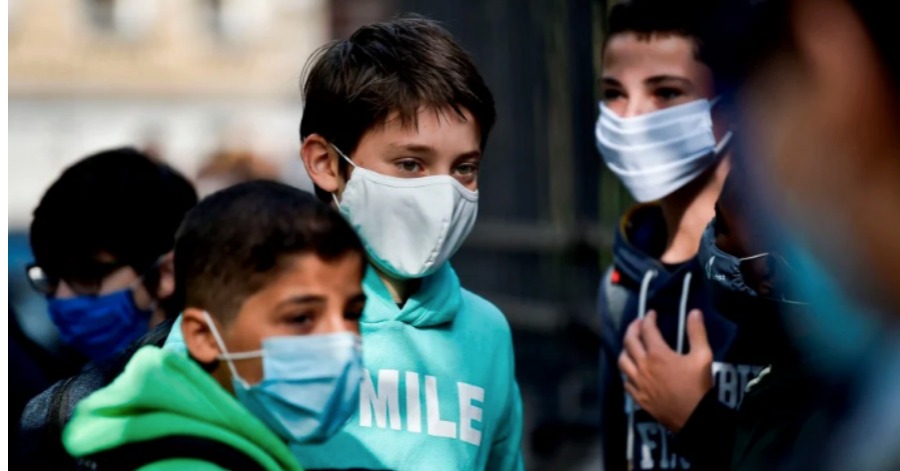
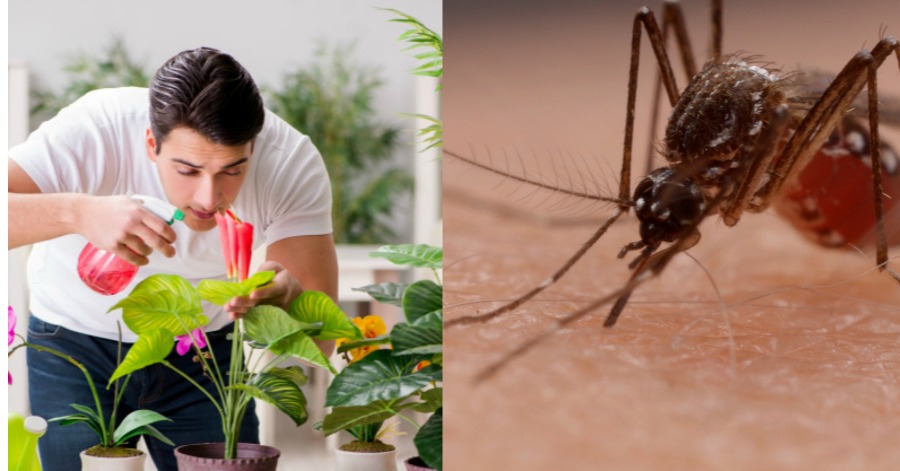
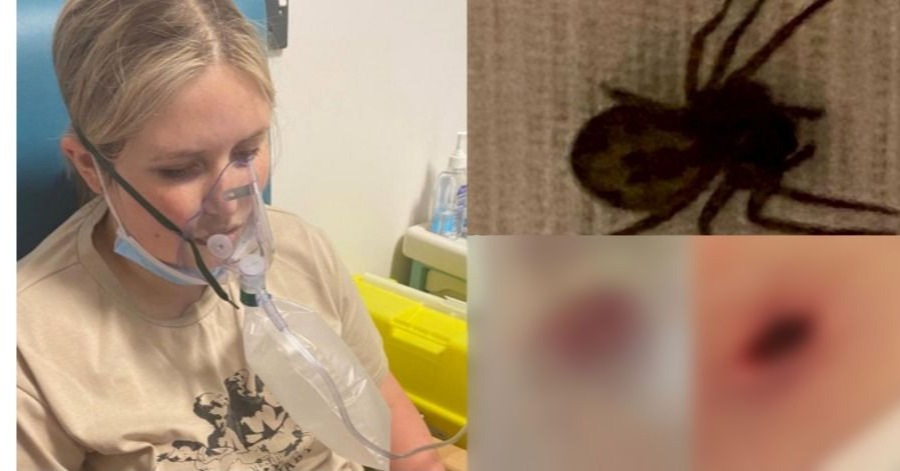
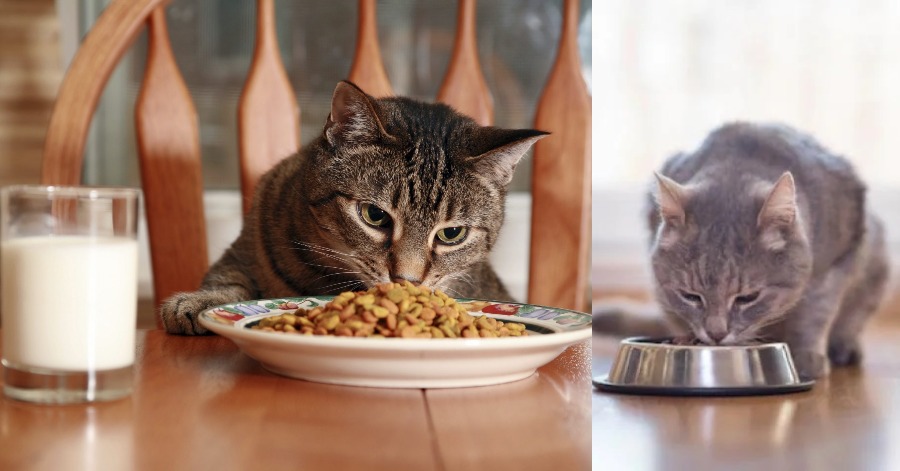
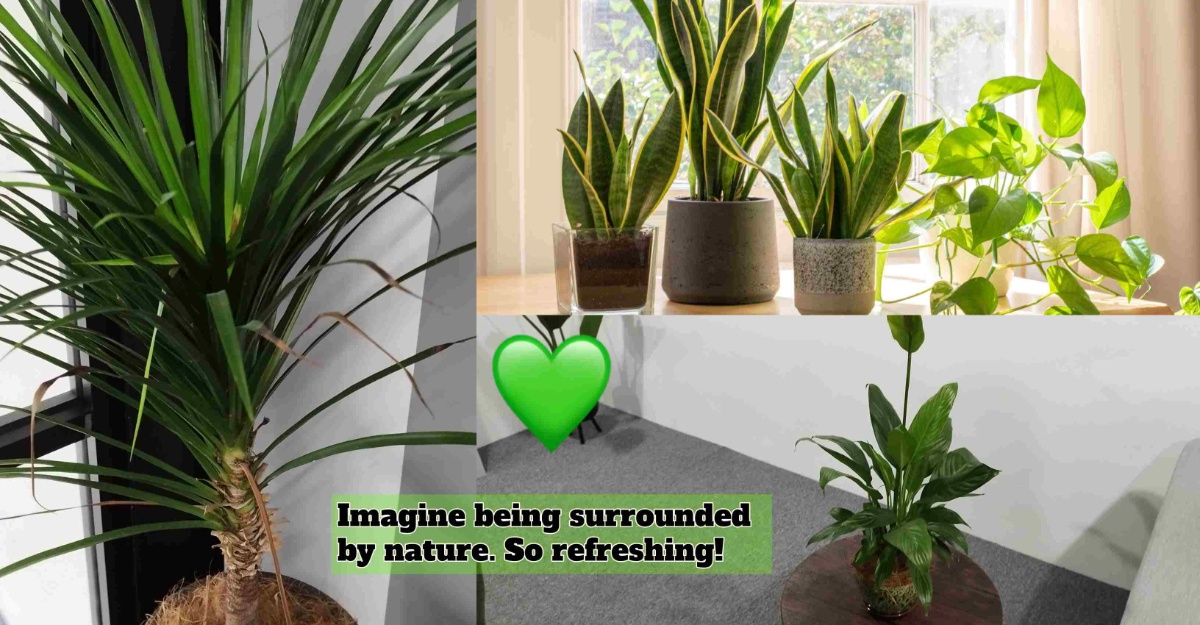
Leave a Comment